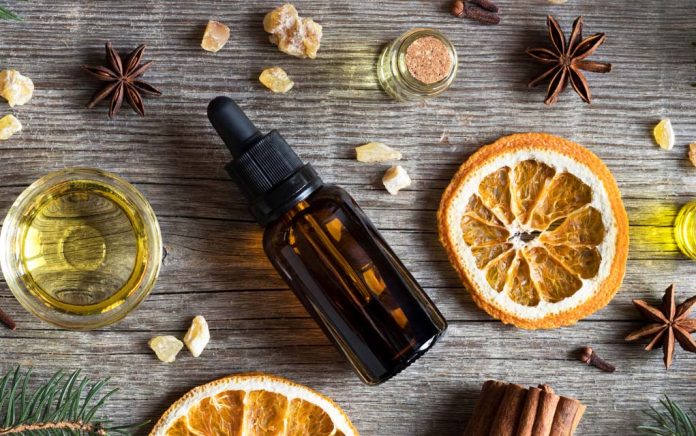
There are various types of orange essential oils that are used in aromatherapy; three types of orange oil are extracted from different parts of the orange tree. In addition, another type of orange oil is extracted from a different species of the orange tree. Orange oil is a popular essential oil that is used in aromatherapy to treat various health problems, so understanding the differences between the orange oils is useful to know.
Bitter Orange Essential Oil
Bitter orange (Citrus aurantium var. amara) essential oil is extracted from the fruit of the bitter orange tree by cold expression. The bitter orange tree is an evergreen tree that is hardy and resistant to most diseases (source: The Illustrated Encyclopedia of Essential Oils by Julia Lawless). The bitter orange tree is native to the Far East but today it is commonly found in the Mediterranean region and the warmer states of the United States. Use bitter orange oil in aromatherapy for skincare problems, digestive problems and to treat colds and flu.
Sweet Orange Essential Oil
Sweet orange (Citrus sinensis) essential oil is extracted from a species of an orange tree that is smaller than the bitter orange tree. The fruit of the sweet orange tree is larger than the bitter orange variety (source: The Illustrated Encyclopedia of Essential Oils by Julia Lawless). However, the sweet orange tree is found in more or less the same places as the bitter orange tree. Sweet orange oil is extracted from the fruit of the tree via cold expression; it is also possible to distill sweet orange oil.
Read about 31 New Ways to Use Essential Oils Everywhere
Use sweet orange oil in aromatherapy for the same problems as bitter orange oil; the main difference between these two oils is that bitter orange oil is photo-toxic whereas sweet orange oil is not photo-toxic (unless it is distilled). Both types of orange oil are predominately composed of similar chemical components, giving them the same therapeutic properties.
Orange Blossom Essential Oil
Orange blossom (Citrus aurantium var. amara) essential oil, also known as neroli oil, is extracted from the flowers of the bitter orange tree by distillation; it takes its alternative name of neroli from an Italian princess (source: Aromatherapy: An A-Z: The Most Comprehensive Guide to Aromatherapy Ever Published by Patricia Davis). The flowers of the orange tree produce essential oil in small quantities and therefore this is an expensive essential oil because of the difficulties and labor required to extract it. Use orange blossom oil in aromatherapy for skincare problems, digestive problems, anxiety, stress, shock – and as an aphrodisiac!
Bottom Line
Now that you know more about orange essential oils, experiment with them to see which one you prefer.
Read next:
Try These 6 Essential Oils To Find Relief From Your Headaches
17 Uses for Essential Oils: Smell Your Way to Better Health
5 Ways How Essential Oils Can Help You With Night Sweats




